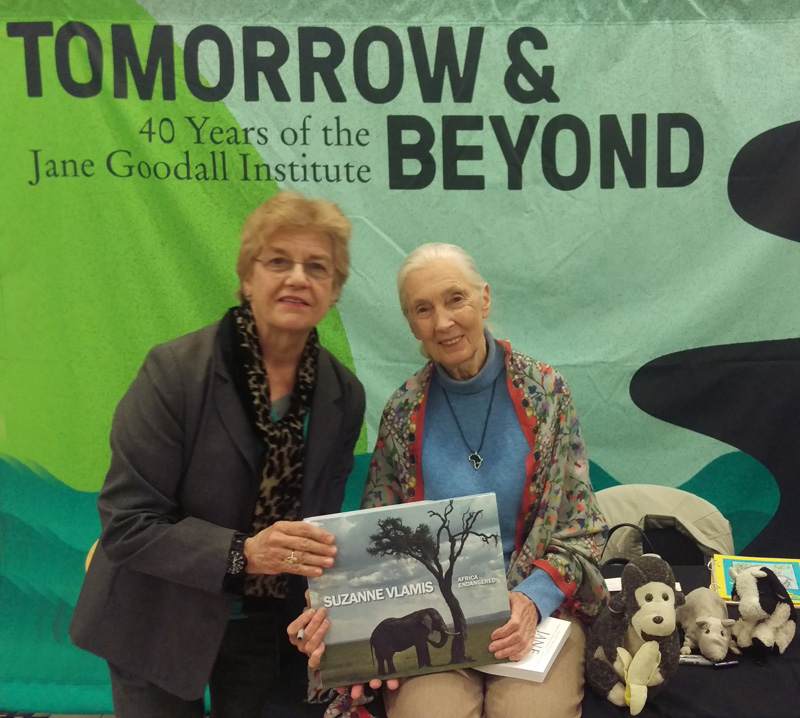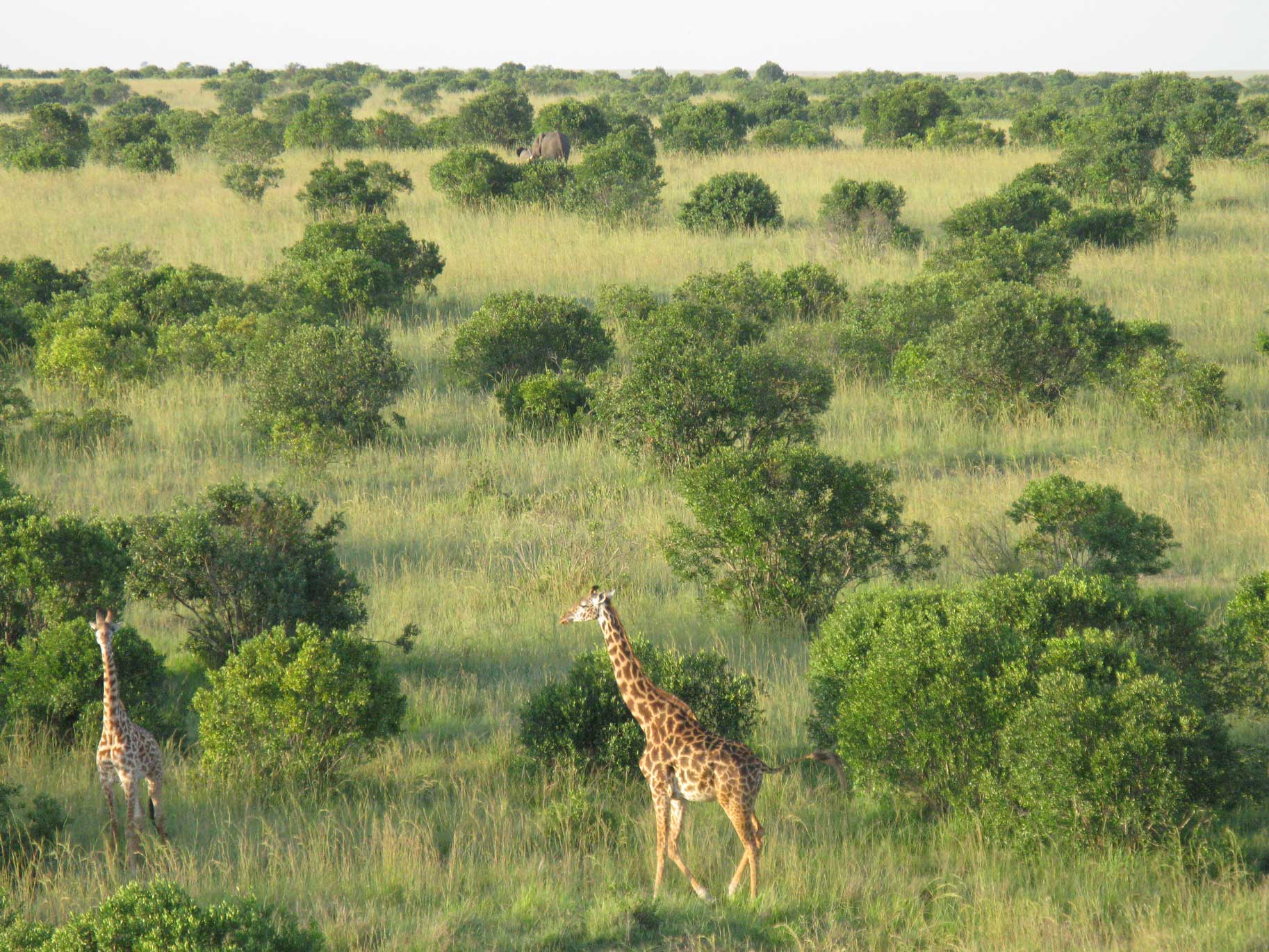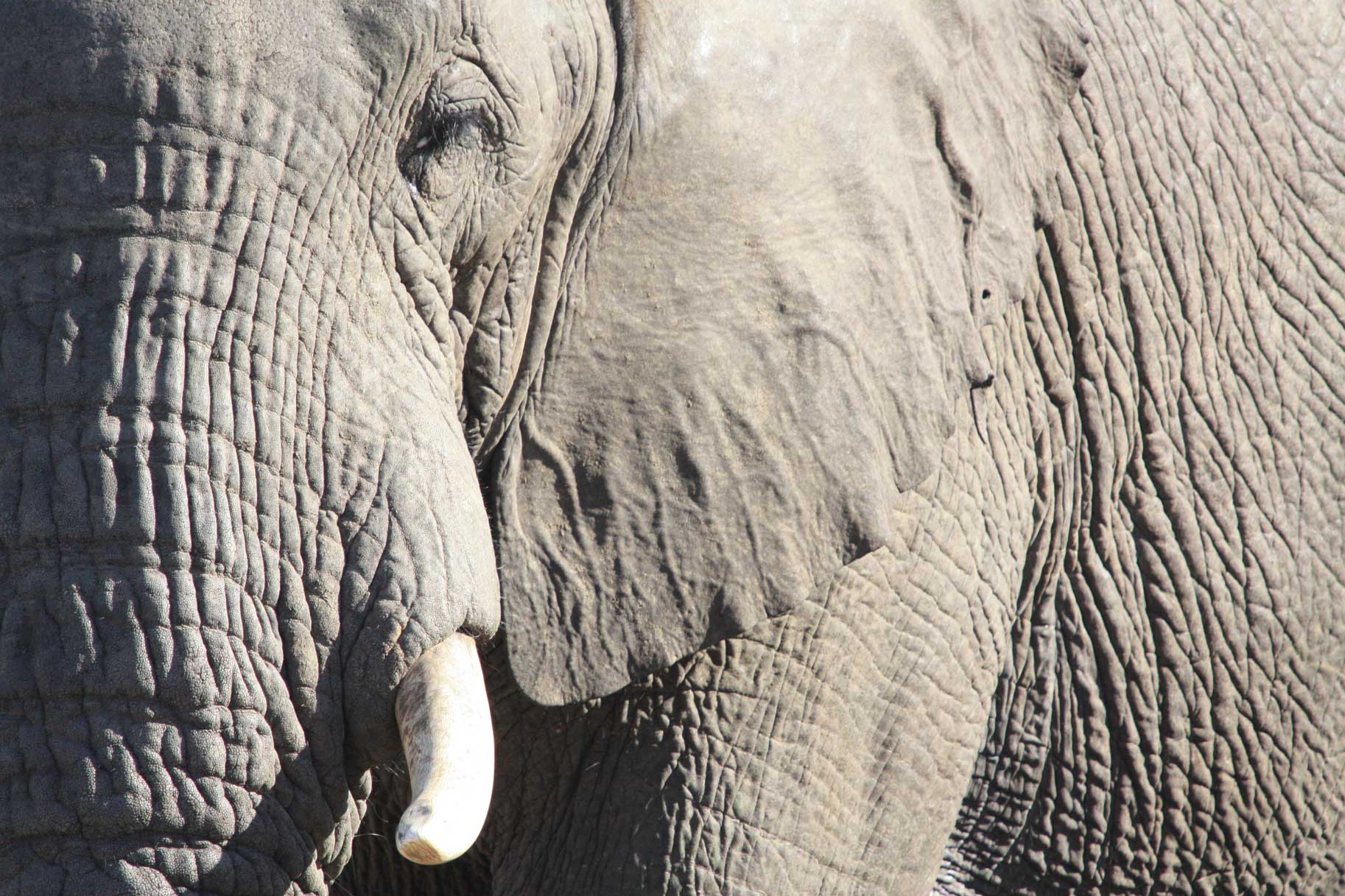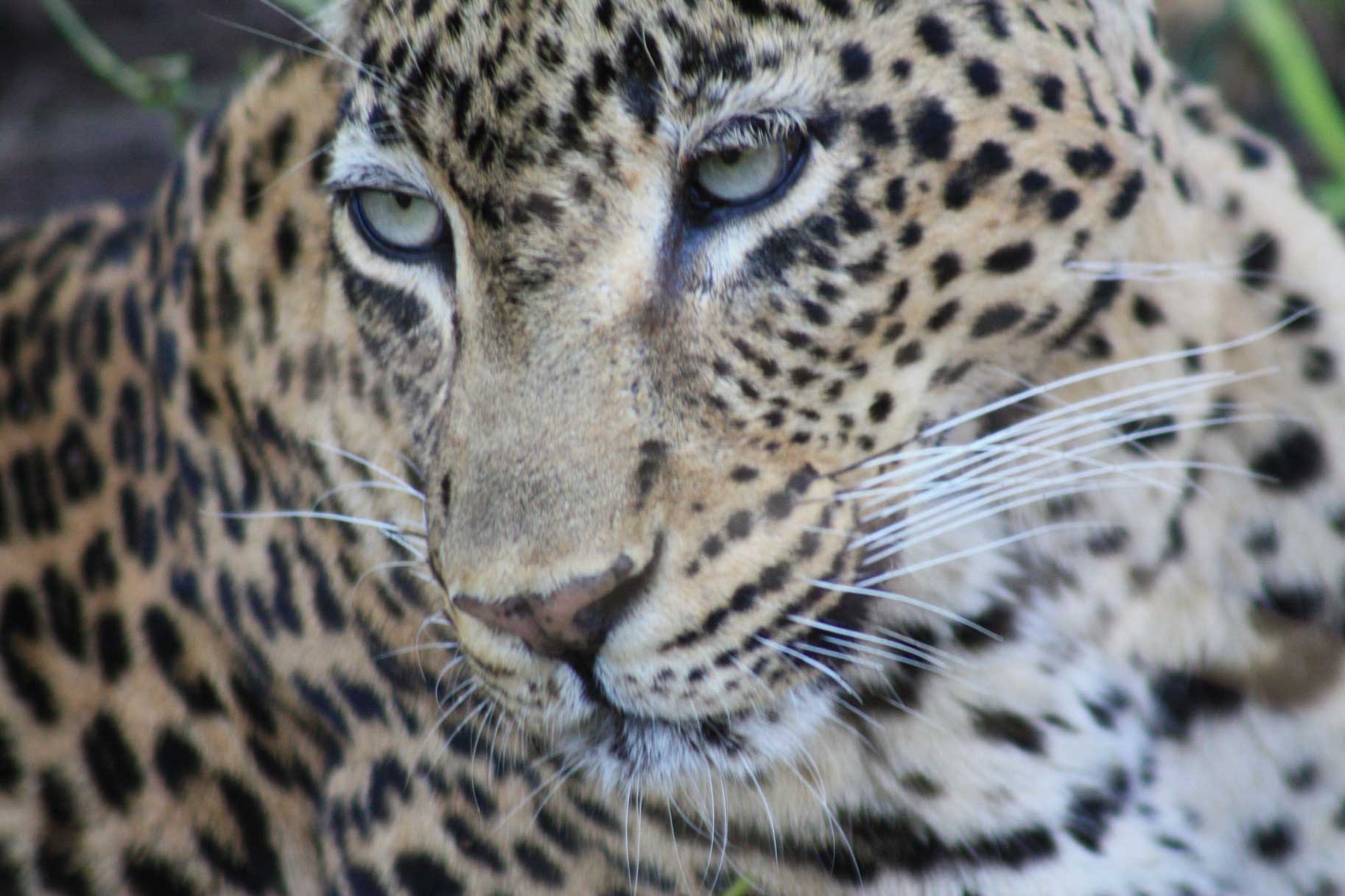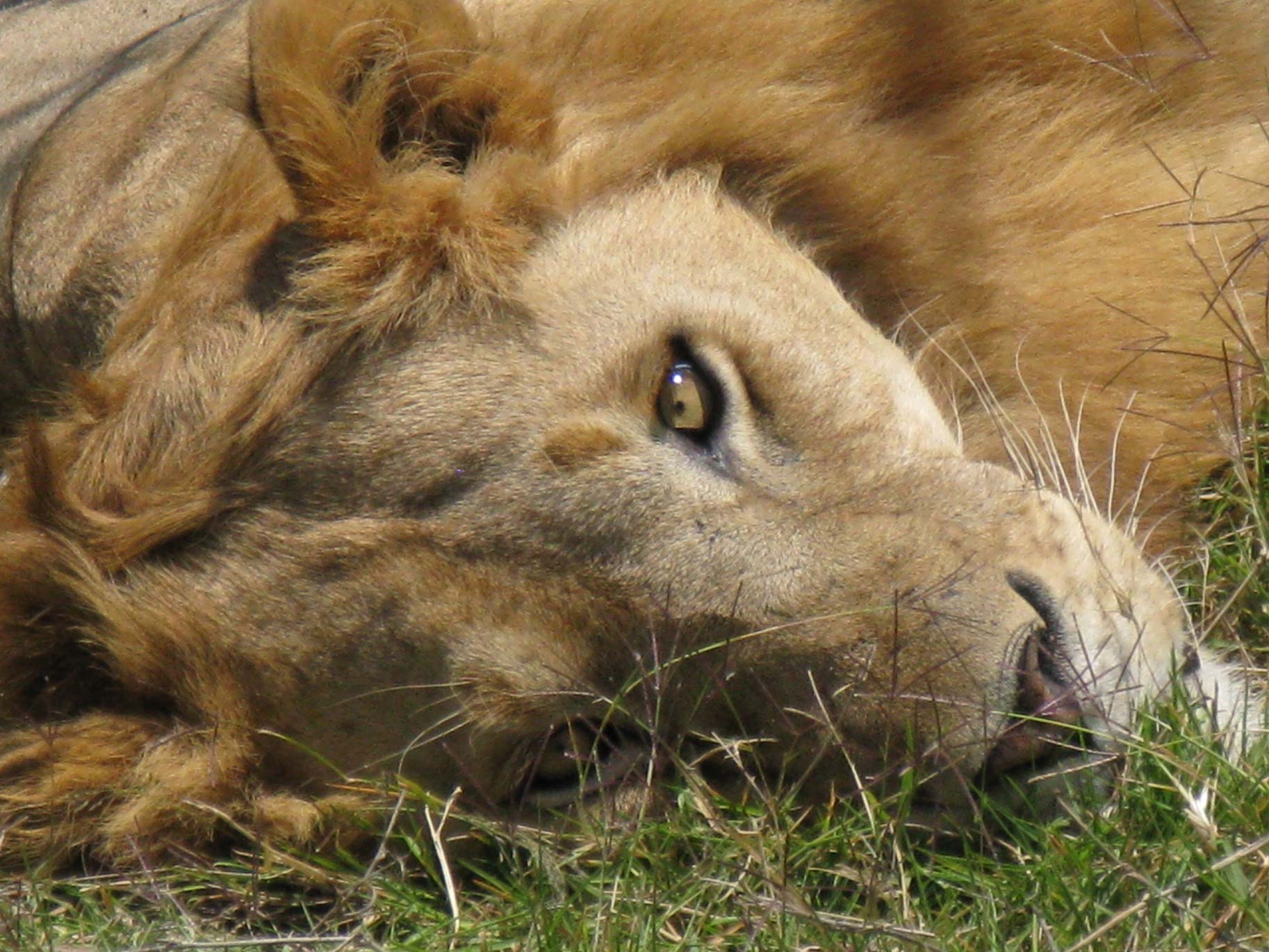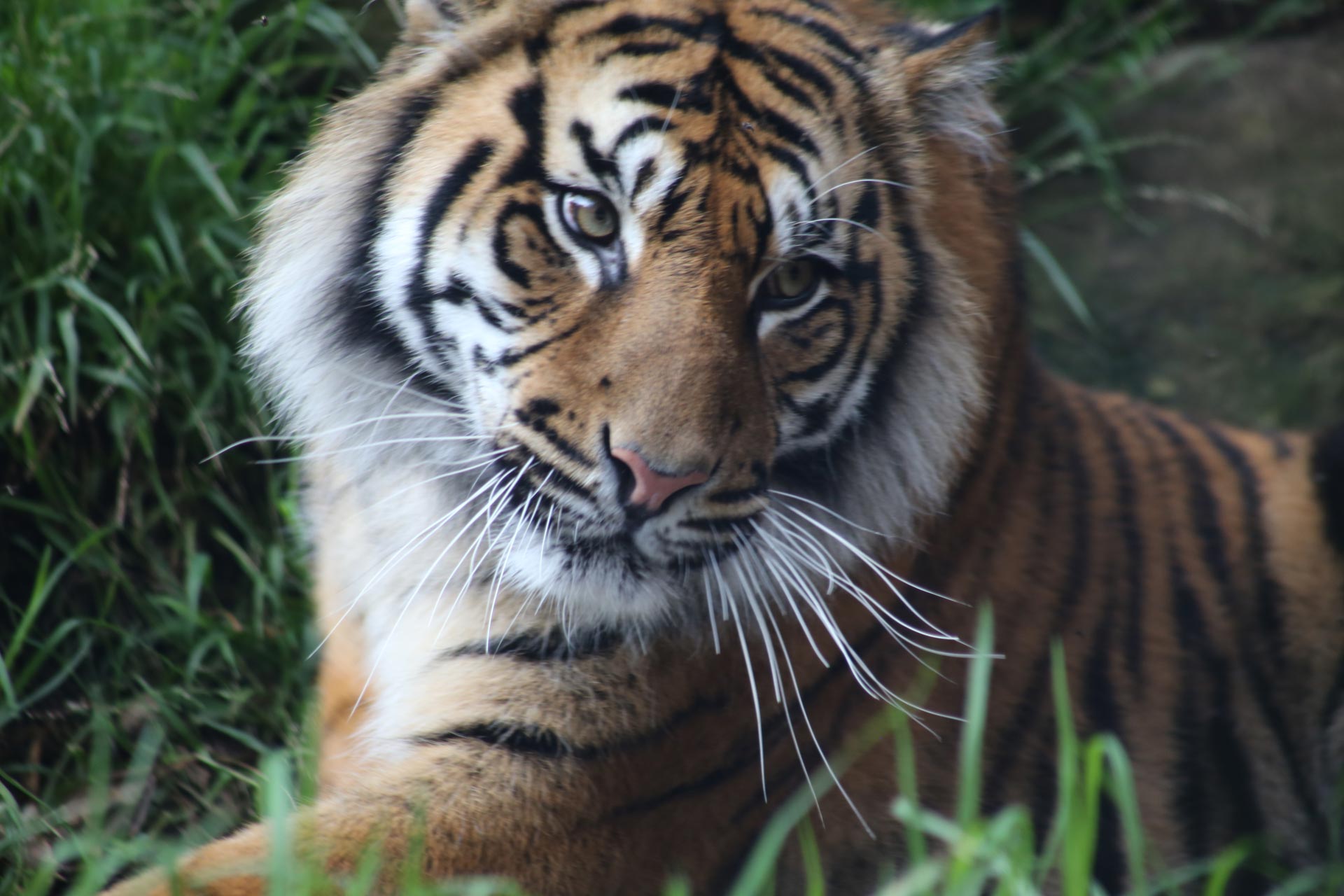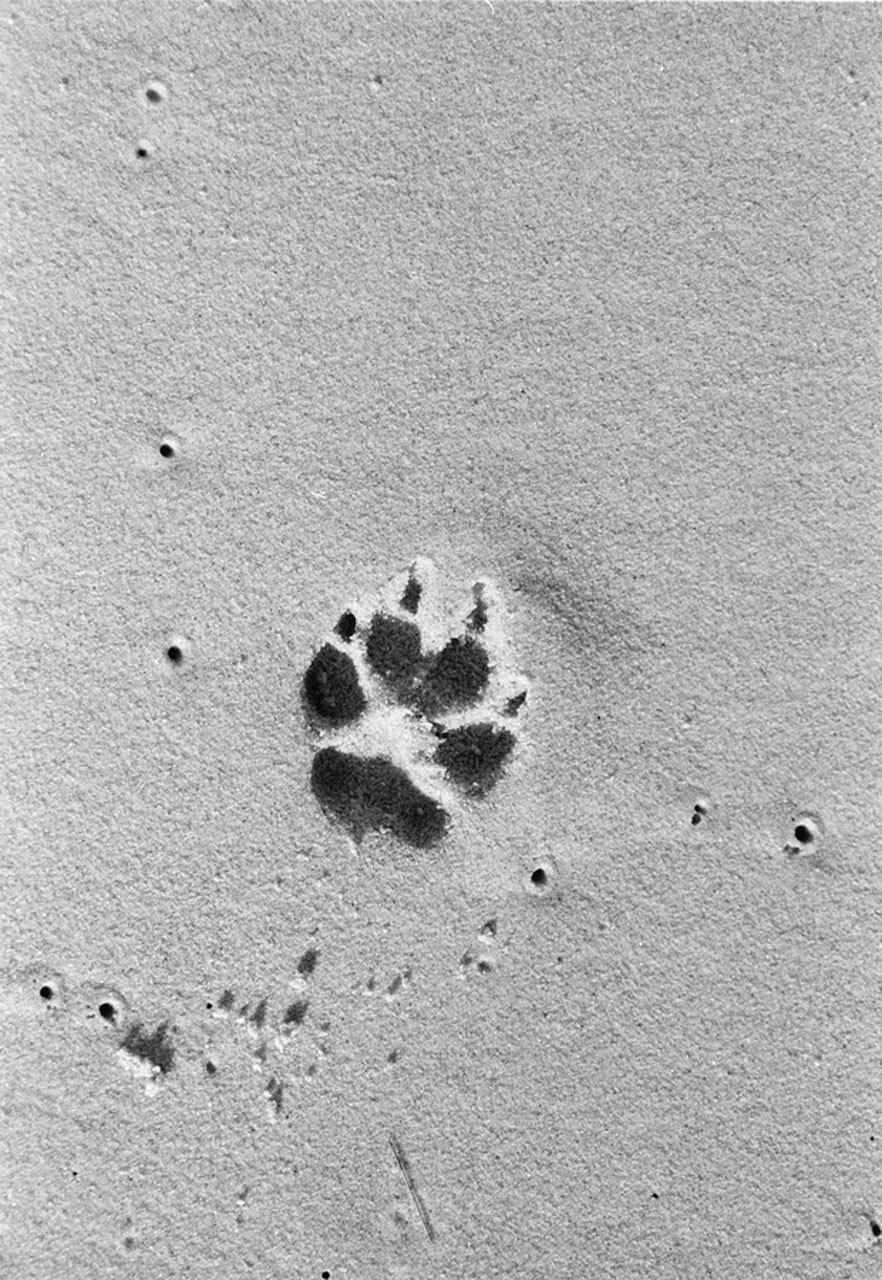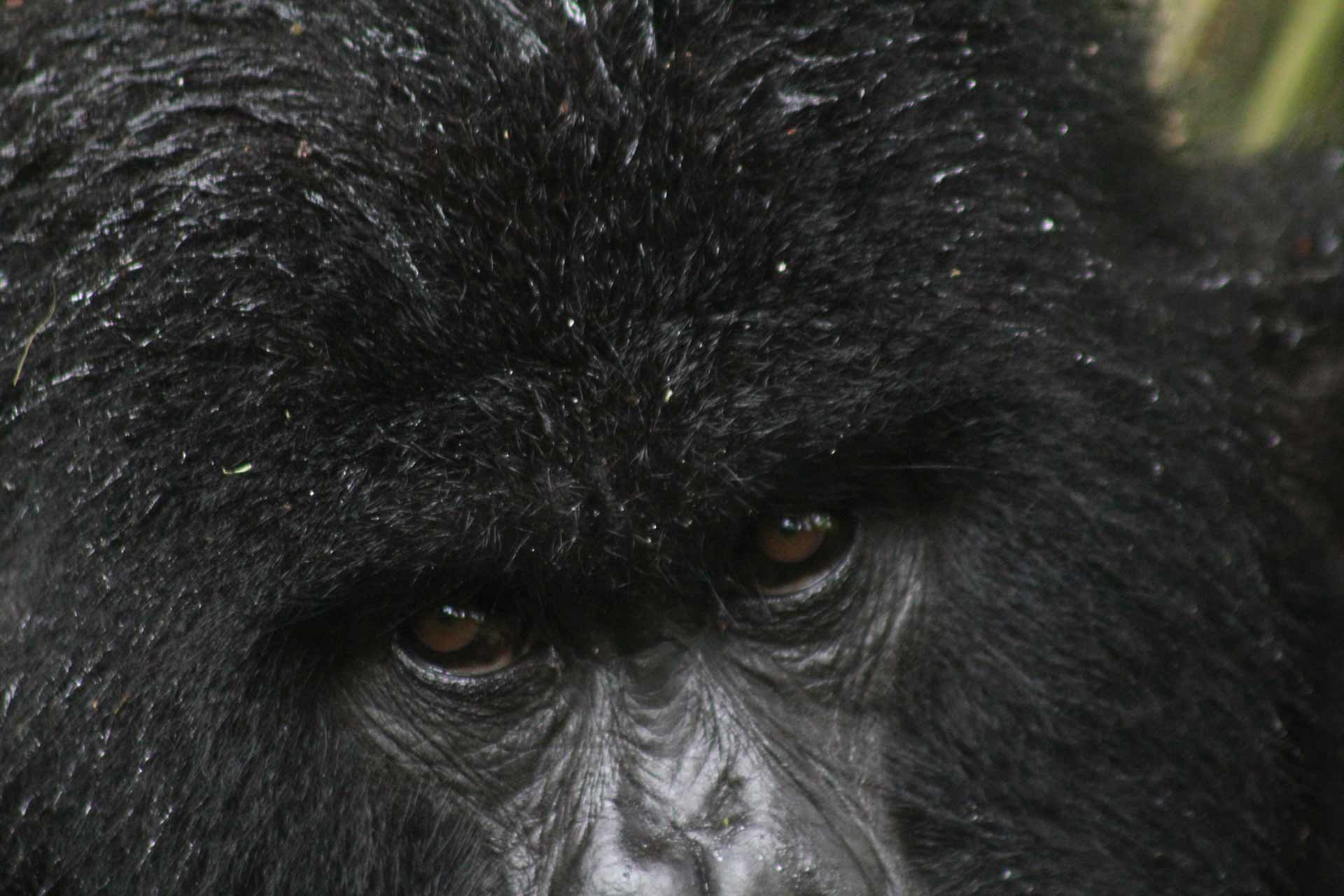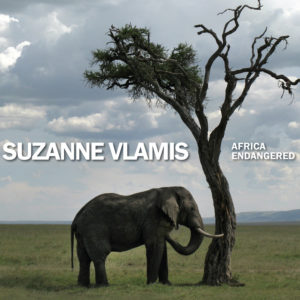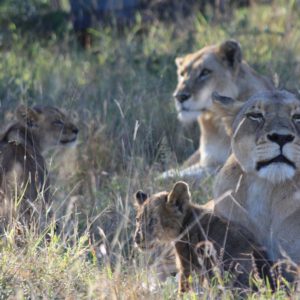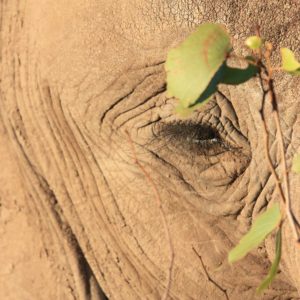Trading Books with Jane Goodall
The day before my official book launch, I presented my first book “African Endangered” in a signed and numbered special Limited Edition to Jane Goodall at NYU on April 10th, 2017. I told Jane how she inspired me and my life, which I wrote about in my book, in which I also quote her prominently. Though I was put on a wait list for this ‘evening with Jane Goodall’, I arrived earlier than the 5:00PM requested time to gain entry. The ticket number I was ultimately issued was eleven. I said aloud ‘It’s a good omen since my book, the first in a series of four on the continents, debuts tomorrow April 11.’
Patience is the virtue you must always hang onto no matter what! Traveling on a world tour celebrating the 40th anniversary of the Jane Goodall Institute, and her 83rd birthday, Jane Goodall was visiting my Manhattan neighborhood. I had to make every effort to see Jane and share my mutual dream of a lifetime book come true in making this world a better place for future generations. My website also reinforces this.
Focusing on endangered species, indigenous cultures, and natural habitats, I made four journeys, covering seven countries over a four-year period between 2008 through 2011. The purpose — to raise awareness, appreciation, and advocacy for the African continent battling the illegal trade of endangered species, poaching, human trafficking and the ravages of global warming and shrinking natural habitats.
As I told Jane, ‘after growing up amidst concrete, asphalt, and glass,’ but with exposure to our urban wilderness, I found my vision which became my mission and my mission became my vision. For me, it is the gift of observation and photography that I found to be the most powerful tool to preserve and conserve Earth’s Edens of Earth for future generations. I shared with Jane that it took me close to 50 years to fulfill my Africa journeying, and envision myself as a steward of Earth each day whether in the Masaai Mara or Manhattan. As Jane Goodall says ‘every one of us makes an imprint every day on the planet and we must lead with head and heart.’
May all of you begin to see yourself as a caregiver of Earth as the power of one transforms into an empowering collective. My next book concerns Antarctica, then Australia and Alaska representing North America. Icebergs and penguin colonies are waiting in the wings to be released. Care, create and conserve.
If you would like to purchase a signed copy of my book please click here

